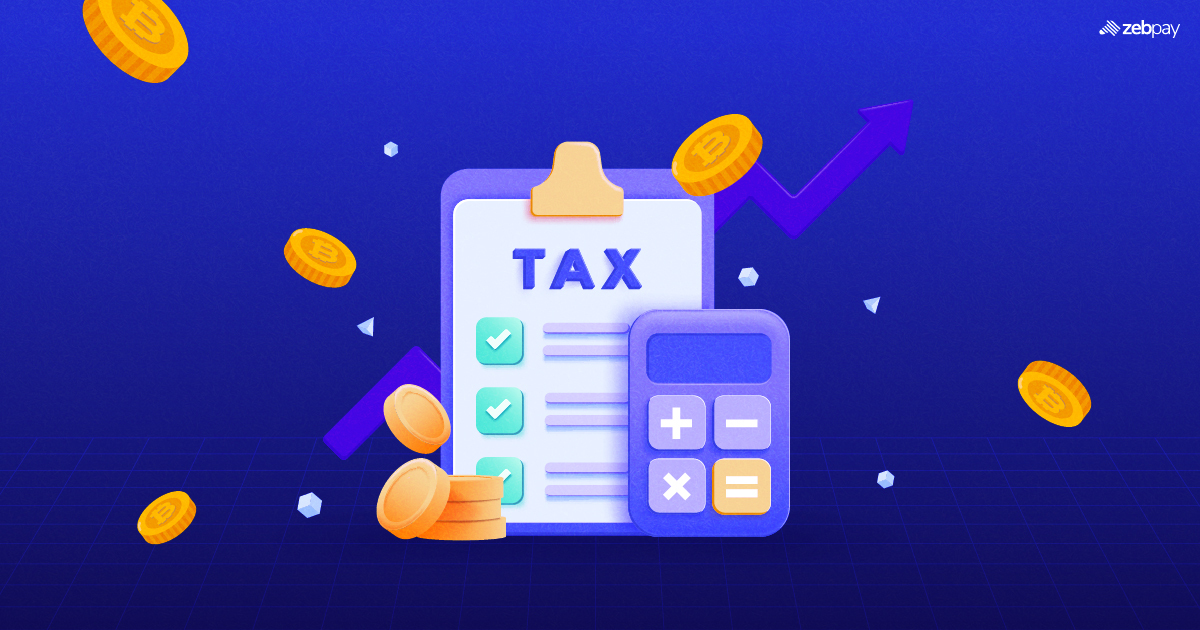Crypto trading has exploded in popularity recently, with many professional traders and hobbyists making incredible returns. But the process can be overwhelming and convoluted if you do not know what you are doing. One of the most essential aspects is understanding how to calculate your profit and loss from crypto. So how does P/L work in crypto trading?
Why Do We Calculate Crypto Profit and Loss?
Keeping track of your investments and their returns is one of the most crucial aspects of trading, especially in a volatile market like crypto. Tracking your profits and losses makes it much easier to manage your portfolio effectively. It allows you to identify and remove assets that perform poorly while adapting and improving your crypto trading strategies.
Making many trades on several different tokens within a day can also complicate the returns you get. If you choose to take advantage of minute changes in the price of a single token, you may lose on some trades and win on others. Monitoring your total returns in such situations helps you understand whether your process is successful and profitable.
How To Calculate Crypto Gains and Losses?
Method 1: Profits from Opening and Closing Positions
You can monitor performance using open and closed positions. Typically, an open position is any initial trade you make in the market while closing a position refers to a trade in the other direction. For example, if you buy 1 ETH on an exchange, that is an open position. It becomes a closed position when you sell that token.
Grouping your trades into open and closed positions helps organize your trading activity. This grouping can also be made based on time – such as short-term and long-term trades. This can help you identify which kinds of trades are profitable and which ones are not.
Read more: How To Pick A Crypto For Day Trading
Method 2: Transaction-wise Calculation
Sometimes if you make multiple trades in the same asset over a short period, it can be beneficial to calculate your returns from each transaction.
This can be done using the formula s – c = p, where s is the selling price, c is the cost of the asset including fees and p is the profit. This is done because the cost and selling price change with each new trade you make.
Method 3: Year-to-Date
This method is best suited to investors that buy crypto and hold it for a long duration. It is simply comparing the value of your portfolio at the beginning and end of a year. This may be a calendar or financial year, based on your requirements.
YTD calculation gives you your unrealized profit. Unrealized profit refers to any returns that have not been converted into cash or cash equivalents like bank holdings or a stablecoin. Assume you hold $100 worth of BTC on 1st Jan 2022 and $200 of ETH on 1st Jan 2023, then your unrealized profit is $100 in 2023.
Bonus Method: Percentage Profit
This method is commonly used when you want your trades to match a specific benchmark. Assume you want every trade to give you a 10% profit. To verify whether this is fulfilled, you must multiply the cost of the investment by 1.1 to find your ideal selling price.
Conclusion
Calculating your profit and loss from crypto is one of the most fundamental elements of
being a successful investor. Depending on whether you are a day trader or a long-term investor, you can use different methods of calculation to monitor your portfolio’s performance. You can also calculate Profit and Loss of your crypto portfolio using TAXnodes. Visit TAXnodes to know more.
You can stay up to date with the latest events in the crypto world on ZebPay blogs. Experience the power of crypto trading using ZebPay.
FAQs On Calculating Crypto P&L
How to Calculate your Crypto Profit?
Depending on how you trade, you can calculate your profit using Year-to-Date or the transaction-to-transaction method.
Why Is Crypto Profit and Loss Important?
Finding your profit and loss from each asset or trade is the only way to reliably determine your portfolio’s performance.
What Can I Use To Calculate Profit and Loss?
There are many crypto portfolio calculators available for simple investment return calculations. Alternatively, you can download your portfolio returns as a spreadsheet to conduct a more in-depth analysis of it.
Is it necessary to calculate the profit and loss of my crypto portfolio?
Calculating the profit and loss of your crypto portfolio helps you gain insights into your investment performance, evaluate your trading strategies, and make informed decisions regarding your crypto assets.
Should I consider tax implications when calculating crypto profit and loss?
Yes, it is essential to consider the tax implications of your crypto investments. Depending on your jurisdiction, you may be required to report and pay taxes on your crypto gains. Consult with a tax professional or visit platforms like TaxNodes to ensure compliance with tax regulations.
What are some additional factors to consider when calculating crypto profit and loss?
When calculating profit and loss, consider other factors such as transaction fees, exchange rates, and the timing of your transactions. These factors can impact the overall profitability of your crypto investments.
How often should I calculate the profit and loss of my crypto portfolio?
It is recommended to calculate the profit and loss of your crypto portfolio at regular intervals, especially after significant transactions or market fluctuations. This helps you stay updated on your investment performance and make timely adjustments if necessary.
Can I use the profit and loss calculation to track individual crypto performance?
Yes, by calculating the profit and loss of each crypto asset separately, you can track the performance of individual assets in your portfolio and identify potential winners or losers. ZebPay’s Profit and Loss features help you analyse your portfolio in complete depth, along with individual coin breakdowns.

